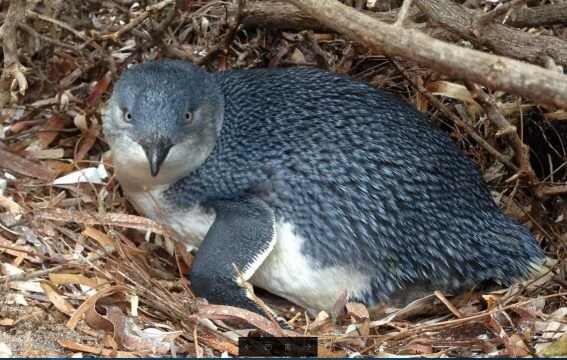Last updated September 3, 2019 at 12:04 pm
It might be harder to find Nemo if artificial light from our coastlines continues to impact fish reproduction rates.
Clownfish eggs, that rely on natural light cues to hatch, are impacted by artifical light at night. Credit: Razvan Cuica/Getty Images
Artificial light has the potential to reduce the reproductive fitness of fish that inhabit reefs near populated shorelines, an Australian study has found.
When researchers from Flinders University exposed 10 breeding pairs of clownfish (Amphiprion ocellari) – of Finding Nemo fame – to different light conditions, they found starkly different results.
Presence of artificial light led to no surviving offspring
Half were housed in tanks that had 12 hours of light and 12 hours of dark, replicating day and night. The other half were exposed to 12 hours of light then 12 hours of dim, artificial light.
Eggs incubated in the presence of the artificial light at night (ALAN) had a zero success rate of hatching, resulting, of course, in no surviving offspring. This compares to an 86% success rate for eggs incubated in the replicated day-night light settings.
In other words, ALAN appears to disguise natural light cues that trigger clownfish eggs to hatch after dark.
“When ALAN is present, no eggs hatched but when the light was removed during the recovery period, eggs from the ALAN exposure hatched like normal, so the presence of light is clearly interfering with an environmental cue that initiates hatching in clownfish,” says lead researcher Emily Fobert.
Earth is becoming brighter every year
The researchers note that Earth is becoming artificially brighter at a rate of 2.2% per year.
In fact, National Geographic reports that while light pollution may not be as directly toxic as a chemical spill, it is now one of the most “chronic environmental perturbations” on Earth.
Artificial light that impacts reefs can be caused by housing developments, ports, harbours, and dockyards in coastlines which the reefs are situated near.
More directly, luxury overwater accommodation with glass flooring shines artificial light directly onto coral reefs, to ensure visitors can see the fish at night.
It’s not just clownfish that are affected
The researchers suggest that it’s not just clownfish impacted by artificial light, in fact other fish species may be impacted.
Species that hatch during the day, such as the Japanese rice fish (Oryzias latipes) and Atlantic salmon (Salmo salar), may hatch outside of optimal hatching times, compromising the survival of the young.
“These findings likely extend to other reef fish as many share similar reproductive behaviours, including the timing of hatching during early evening,” says Fobert.
Her colleague Karen Burke da Silva, who is also a founder of the Saving Nemo Conservation Fund, says the impact of ALAN on coral reefs needs to be understood to help already stressed ecosystems.
“Artificial light as night is becoming a greater concern among ecologists, as light is spreading globally, and the impacts on organisms can be severe, but very little research has been done around ALAN in the marine environment,” she says.
The findings are published in the journal Biology Letters.





